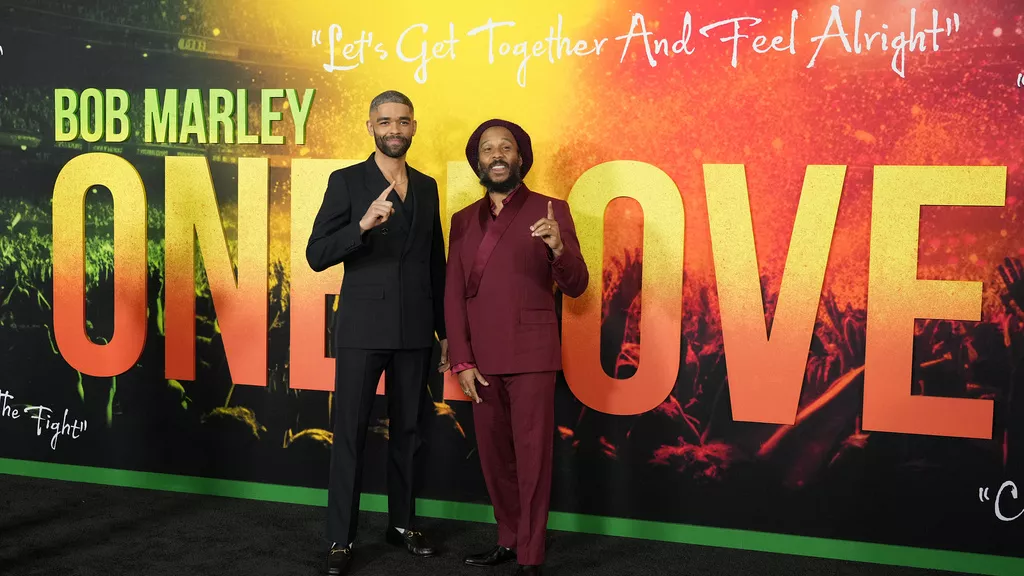Imagine a time when the bicycle was the major means of transportation, and the world’s fastest man on two wheels was not only an American but also a black man. This was the reality of Marshall “Major” Taylor, a pioneer in the world of cycling and one of the first black American global sports superstars. Today, most people likely have no idea about the legacy of this incredible athlete, but his impact on the world of sports and American society is undeniable. This is the story of Major Taylor, a remarkable athlete who defied social norms and racial barriers to become one of history’s most respected sports figures.
Early Life
Marshall Walter “Major” Taylor was born on November 26, 1878, in Indianapolis, Indiana, to Gilbert and Saphronia Taylor, who were part of the large migration of Black Americans seeking new opportunities in the North after the Civil War. Major was raised in a humble household; his father worked as a coachman for a wealthy white family, the Southards. The Southards took a liking to Major, and as such, he grew up alongside their children in a relatively integrated environment, which was unusual during a time of rampant segregation in America. Read Also: Impact of Racism and Discrimination on health in the US
The Southards were instrumental in introducing Taylor to cycling, as they presented him with his first bicycle. This gift proved to be a turning point in Taylor’s life, igniting a passion for the sport. Major Taylor was a natural talent on the bicycle, mastering tricks and showcasing his burgeoning skills at the age of 13. His flair and abilities earned him a job performing cycling stunts outside a local bicycle shop, dressed in a soldier’s uniform; hence, the nickname “Major” remained with him throughout his life.
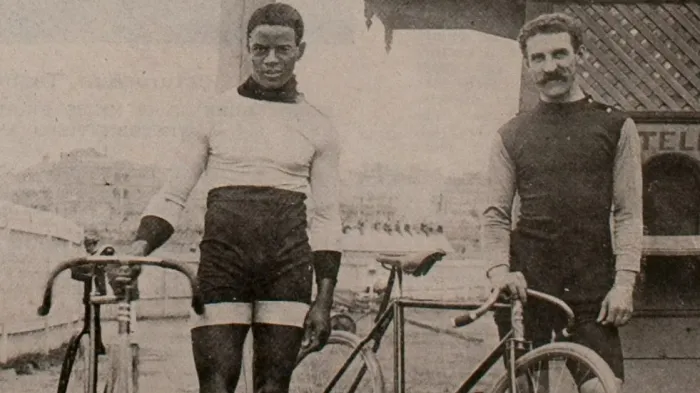
Getting into Cycling
As a young rising talent on the bicycle, Major Taylor caught the attention of Birdie Munger, a successful racing cyclist and owner of the Munger Cycle Manufacturing Company. Taylor’s incredible bicycle prowess and ability to draw crowds with his stunts impressed Munger. Seeing potential in the young rider, Munger took Taylor under his wing, providing him with his first racing bicycle and the opportunity to train as a racer. It was under Munger’s mentorship that Taylor’s professional cycling career would begin to gain traction.
Birdie Munger not only recognized Major Taylor’s skill but also understood that nurturing it meant pushing past the racial prejudices of the time. He introduced Taylor to professional racing, a world where competition was fierce and often discriminatory. Despite the racial challenges he faced constantly, Taylor remained focused and driven under Munger’s guidance, laying the foundation for what would become a historic career in cycling. Their partnership was pivotal, marking the beginning of Major’s ascent into cycling’s elite, where his spectacular performances would soon challenge the norms of the sport and society.
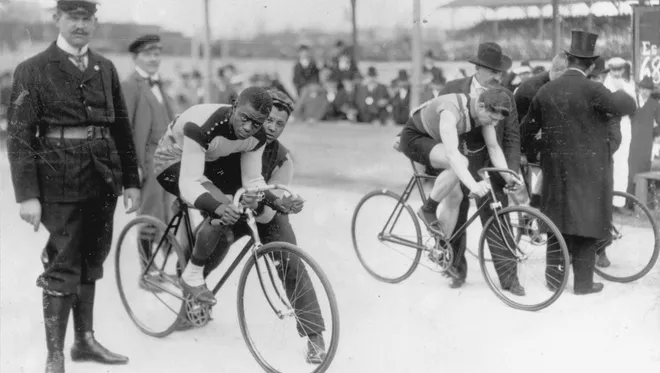
Against All Odds
Breaking barriers in a society entrenched in racial segregation required more than just physical prowess; it demanded courage and resilience. Major Taylor’s cycling career was a testament to both. Despite the racial prejudice that permeated America at the turn of the 20th century, Taylor shattered societal constraints by becoming the world champion in 1899. His victory was not just against opponents on the race track but also against the institutional barriers that sought to derail the ambitions of Black athletes. Numerous challenges confronted him, including bans from racing in certain events in the South and threats from fellow cyclists and the public.
As Taylor toured internationally, he became an icon of possibility, competing in Australia, Europe, and across North America, receiving a mix of adulation and the all-too-familiar scorn of racism. Yet, his overseas competitors treated him respectfully, often in stark contrast to his experience in the United States. In 1901, he clinched the world record for paced and unpaced 1-mile track cycling, firmly establishing his global status. His remarkable achievements abroad helped him press for change and greater acceptance at home, where he returned as not just a sports star but as a harbinger of social progress.
Tailor’s determination to compete on equal footing and his success in doing so set a powerful example. His victories and the public’s enthusiasm for his talent chipped away at the prevailing racial prejudices of the time. Major Taylor’s legacy extends beyond sports; he paved a path for athletes of color and became a spokesperson for equality, using his platform to speak out against racial injustice. His autobiography, “The Fastest Bicycle Rider in the World,” articulates both his triumphs and struggles, cementing his place in history as an enduring symbol of hope and perseverance for future generations.
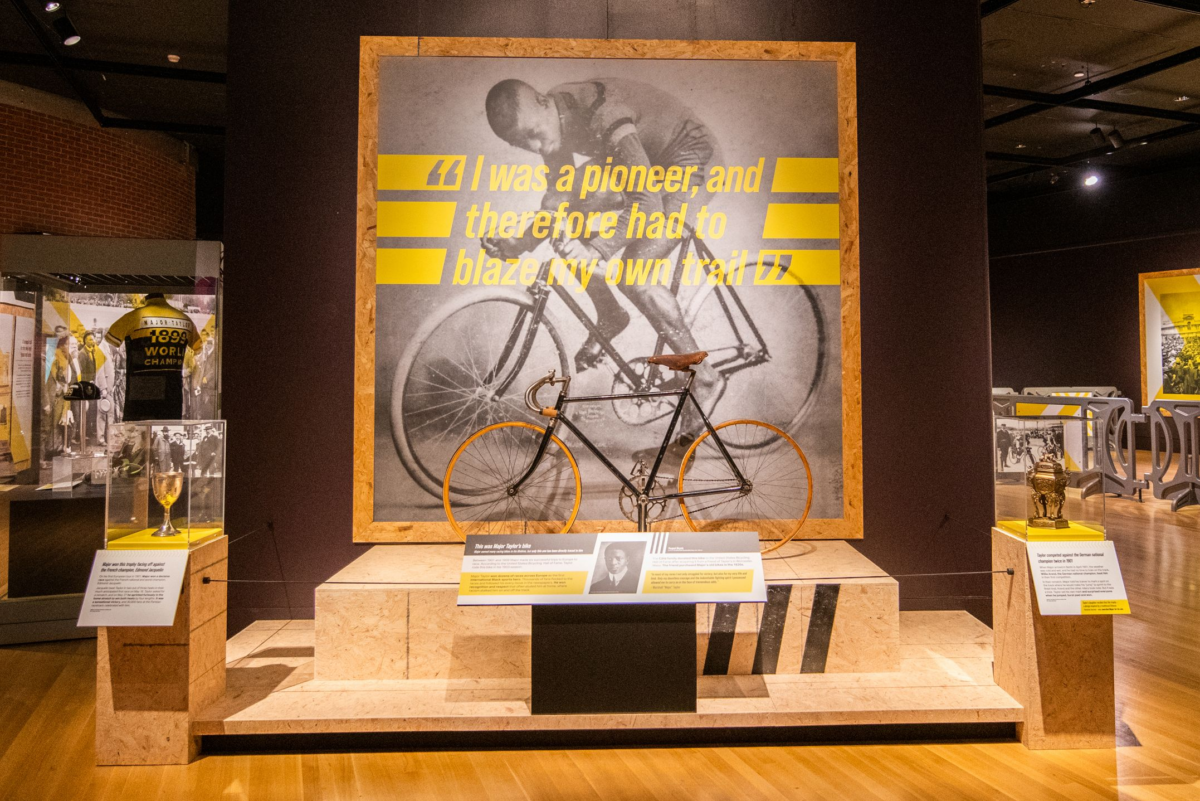
Achievements and Recognitions
On the wall of a tiny one-room museum in Worcester, Massachusetts, there’s a black-and-white photo taken in 1901 of a man on a bicycle, his eyes fixed straight ahead. This is Major Taylor, who was inducted into the US Bicycling Hall of Fame in 1989 and the US Cycling Hall of Fame in 2015 for his contributions to American cycling. Today, Major Taylor’s courageous story continues to inspire athletes and individuals worldwide. Read Also: 13 Less Known Facts About Black History Month
Major Taylor’s impressive list of achievements and recognitions is a testament to his skill, perseverance, and impact on the world of sports. Here are some of the highlights:
- World Championships: In 1899, at the tender age of 20, Major Taylor won the 1-mile sprint at the world championships in Montreal, becoming the first African-American world champion of any sport.
- American Sprint Champion: He not only dominated the global stage but also the American cycling scene, winning the US sprint championships in 1899 and 1900.
- Numerous World Records: Major Taylor set numerous world records during his career, including the paced flying start mile, which he secured in 1899 with a time of 1 minute and 19 seconds.
- International Acclaim: Taylor enjoyed international acclaim, notably in Europe and Australia, where he received admiration from both fans and fellow cyclists, even at a time when racism remained a global issue.
- Cycling Hall of Fame: In 1989, Taylor was posthumously inducted into the United States Bicycling Hall of Fame in recognition of his outstanding achievements in the sport.
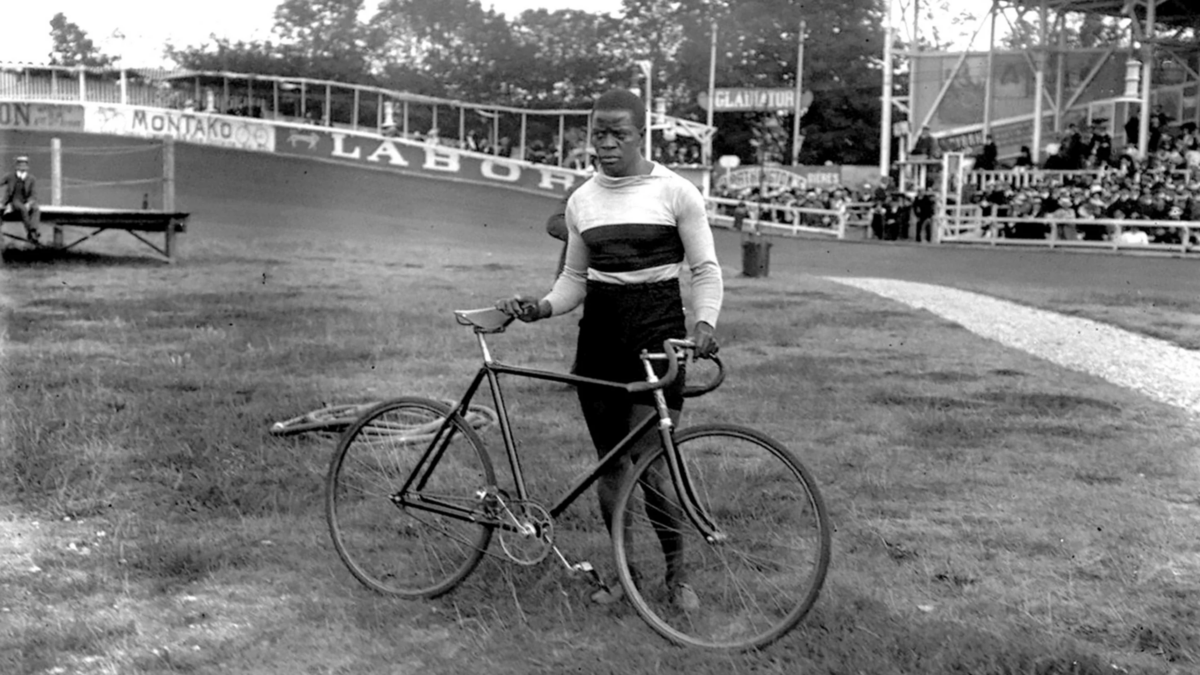
Continuing the Legacy
Even though Major Taylor’s legacy may not be well known, his impact continues to inspire and make a difference in the world today. Numerous organizations and initiatives are dedicated to preserving and promoting his story, including the Major Taylor Association, which works to honor his achievements and values.
In addition to honoring Major Taylor’s legacy, these efforts also serve as a reminder of the ongoing fight for equality and inclusivity in sports. While we have made progress, we still have much work to do to ensure that athletes of all races receive equal opportunities and recognition.
We can all play a part in continuing Major Taylor’s legacy by supporting diversity and inclusion in sports and celebrating the achievements of black athletes. Recognizing and honoring trailblazers like Major Taylor can inspire future generations to break barriers and achieve greatness, regardless of their background. So, let us continue to keep the legacy of Major Taylor alive and strive towards a more equitable and inclusive sporting world.



